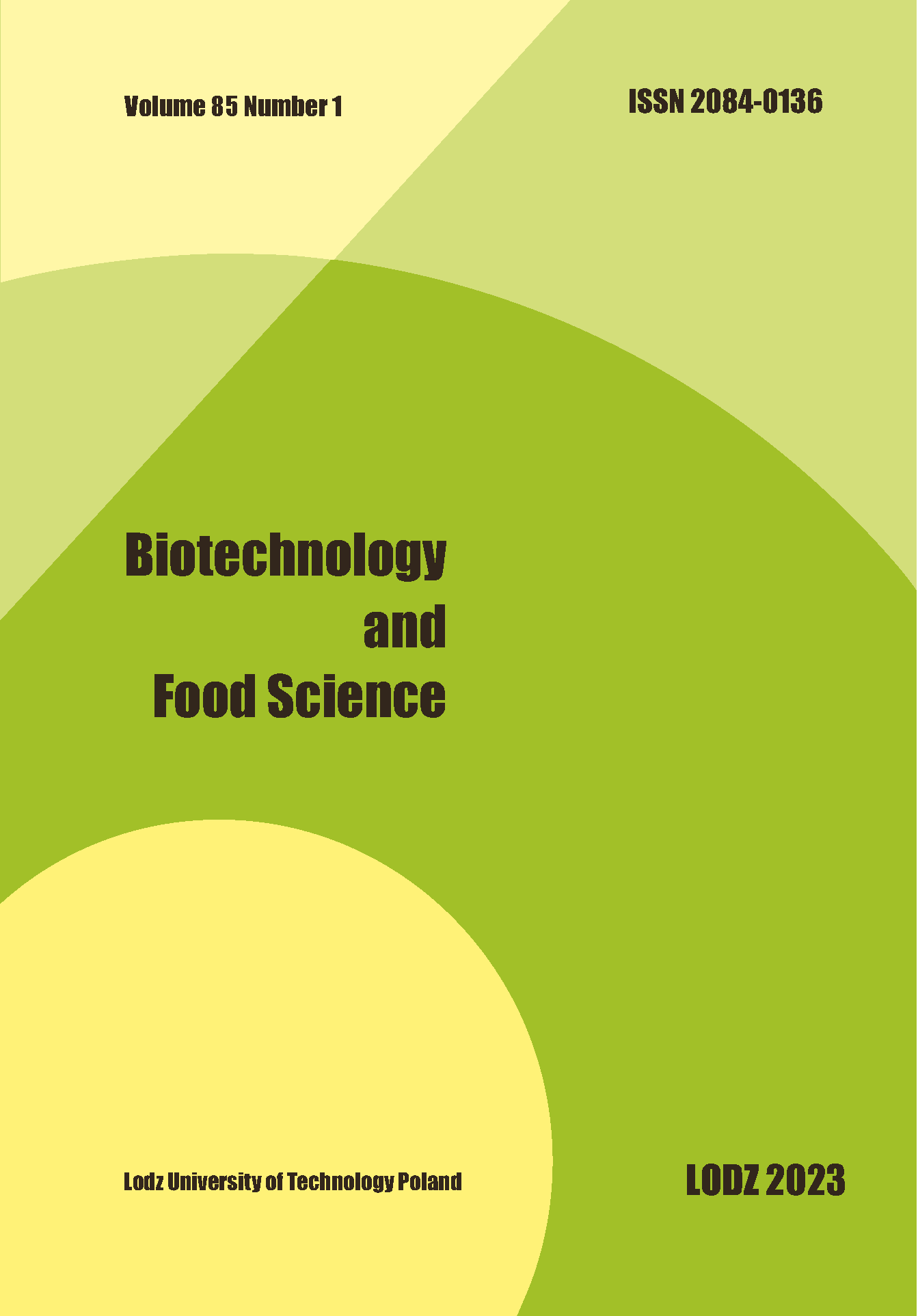Abstract
The aim of this study was to determine the value of the antioxidant potential of several domestic herbal plant species derived from conventional and organic crops, which, due to the content of valuable biologically active compounds with anti-inflammatory properties, can be used in the production of cosmetic preparations. The antioxidant potential of methanol extracts of the tested plants was determined using the FRAP method with ascorbic acid as a standard. The content of antioxidants in the studied plants ranged from 1.121 to 13.228 mg/g for samples from conventional crops and from 1.559 to 19.327 mg/g for samples from organic farming. Greater biological value of extracts obtained from plants grown in an organic system than in a conventional system has been indisputably demonstrated. The obtained research results may constitute an incentive for producers of cosmetics to choose native organic plants for the production of their products.
References
Ashawat MS, Banchhor M, Saraf S. Herbal Cosmetics: “Trends in Skin Care Formulation”. Phcog Rev 2009, 3:82-89.
Amberg N, Magda R. Environmental pollution and sustainability or the impact of the environmentally conscious measures of international cosmetic companies on purchasing organic cosmetics. Visegr J Bioecon Sustain Dev 2018, 7:23-30.
Kantor A, Hübner R. Zachowania kobiet na rynku kosmetyków naturalnych. Zeszyty Naukowe Uniwersytetu Ekonomicznego w Katowicach 2019, 379:72-95.
Pawlewicz A, Brodzinska K, Zvirbule A, Popluga D. Trends in the development of organic farming in Poland and Latvia compared to EU. Rural Sustain Res 2020, 43:1-8.
Dall’Asta M, Angelino D, Pellegrini N, Martini D. The nutritional quality of organic and conventional food products sold in Italy. Nutrients 2020, 12:1-13.
Hallmann E, Lipowski J, Marszałek K, Rembiałkowska E. The seasonal variation in bioactive compounds content in juice from organic and non-organic tomatoes. Plant Foods Hum Nutr 2013, 68:171-176.
Hoang HT, Moon J-Y, LeeY-C. Natural antioxidants from plant extracts in skincare cosmetics: recent applications, challenges and perspectives. Cosmetics 2021, 8:1-24.
Field S, Hazelwood E, Bourke B, Bourke JF. Allergic contact dermatitis from tertiarybutylhydroquinone and Laureth 12 in hair dye. Contact Derm 2007, 56:116-117.
Benzie IF, Strain JJ. The Ferric Reducing Ability of Plasma (FRAP) as a measure of antioxidant power: the FRAP assay. Anal Biochem 1996, 239:70-76.
Hallmann E, Sabała P. Organic and conventional herbs quality reflected by their antioxidant compounds concentration. Appl Sci 2020, 10:1-11.

